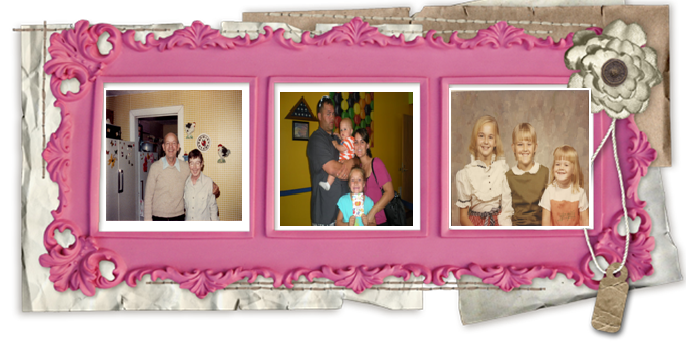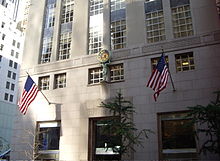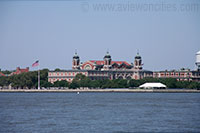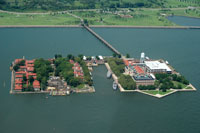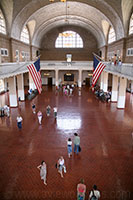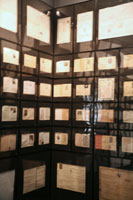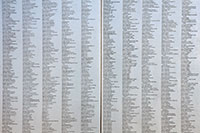 Belvedere Castle
Belvedere Castle is a building in Central Park in New York, New York,
that contains exhibit rooms and an observation deck. Since 1919, the
castle has also been the location of the official Central Park weather
station.
Early history
Built as a Victorian folly in 1869, the castle caps Vista Rock, the park's second-highest natural elevation
Constructed of Manhattan schist quarried in the park and dressed with gray granite, it tops the natural-looking woodlands of The Ramble, as seen from the formal Bethesda Terrace.
As the plantings matured, the castle has disappeared from its original
intended viewpoint. Its turret is the highest point in the park.
Belvedere means 'beautiful view' or 'panoramic view' in Italian and
the castle provides impressive views across Central Park and New York
City. It was designed as an additional feature of the Central Park
"Greensward" plan by the architects Calvert Vaux and Jacob Wrey Mould after they, along with Frederick Law Olmsted, were reappointed to oversee the park's construction in 1865.
The site, which overlooks the Lower Reservoir, already held a fire tower under the control of the Croton Aqueduct board. In 1867, the board transferred the site to the Park, and the fire tower was demolished.
Design

Belvedere Castle was designed by Frederick Law Olmsted and Calvert Vaux in the late 1800s. An architectural hybrid of Gothic and Romanesque styles, Vaux's design called for a more weighty Manhattan schist and granite structure with a corner tower with conical cap, with the existing lookout over parapet walls between them.To reduce costs it was revised in November 1870, and completed under the new Tammany Hall regime as an open painted-wood pavilion.
Mould's bronze cockatrice in a transom of the Castle
Weather Service use

Belvedere Castle was originally built as a shell with open doorway
and window openings. Starting in 1919, it housed the New York
Meteorological Observatory, which had been taken over by the United States Weather Bureau in 1912. The current weather station in Central Park, an Automated Surface Observing System (ASOS), is located immediately south of the castle, though wind equipment is still located on the main tower.
The tower. Note the anemometer and wind vane on the top; these instruments record the official wind speed and direction for Central Park
The two fanciful wooden pavilions deteriorated without painting and upkeep and were removed before 1900.
Closure and decay
After the New York Meteorological Observatory automated its equipment and moved its offices to Rockefeller Center in the 1960s, Belvedere Castle was closed to the public and became an object of much vandalism, neglect and deterioration.
Restoration and reopening
The Central Park Conservancy launched a restoration effort and reopened the structure on May 1, 1983, as the Henry Luce Nature Observatory. Soon after its restoration, the building was used as a filming location for Merchant-Ivory's 1984 film
The Bostonians, starring Christopher Reeve and Vanessa Redgrave. Its facade has been used for exterior shots of the castle where Count von Count lived on the children's television series
Sesame Street.
In 1995, the Conservancy's Historic Preservation Crew replaced the painted wooden loggia of the castle, working from Vaux's designs, on the granite piers and walls that had survived.
Nature observatory
The Observatory contains family-friendly displays that demonstrate
the process by which naturalists observe their world and share their
scientific discoveries about it. The displays, which include telescopes,
microscopes, skeletons and feathers, are designed to expose children to
fundamentals of the scientific method in natural observation. Other
Observatory exhibits include a plywood tree with papier-mâché reproductions of birds often seen in Central Park,
encouraging people to watch for these birds from the precipice of the
castle, which has become one of New York's most popular birdwatching
sites.
Free family and community programs hosted at Belvedere Castle include
"On A Wing" birding programs, stargazing, astronomy talks, storytimes
with the Princess of Belvedere Castle, and the "Spooks at Belvedere"
haunted castle event every Halloween.
Surroundings
The new castle faced a rectangular receiving reservoir; today, it overlooks the Great Lawn, an oval of turf with eight baseball diamonds, loosely defined by plantings of trees in clumps in the manner of the English landscape garden, and, at the foot of Vista Rock, the Turtle Pond,
redesigned in 1997 as a naturalistic planting, in which no single
vantage-point reveals the water's full extent. Sunken concrete shelving
at varying depths provide ideal water depths for shoreline plants such
as lizard's tail, bullrush, turtlehead, and blueflag iris. The success
of habitat for birds, insects, amphibians, and reptiles is embodied in
sightings of species of dragonfly not previously sighted in Central
Park.
Belvedere Castle in popular culture
- In the 2011 film The Smurfs, Gargamel uses the castle as his headquarters in his plan to capture The Smurfs.
- In Uncanny X-Men #159 (July 1982). Dracula uses the castle as his headquarters to retain Storm.
- In the 2008 videogame Alone in the Dark, Belvedere Castle is one of the locations that Edward Carnby finds a device that pinpoints him in the direction of the Path of Light, as well as the location of the second demonic stone.
